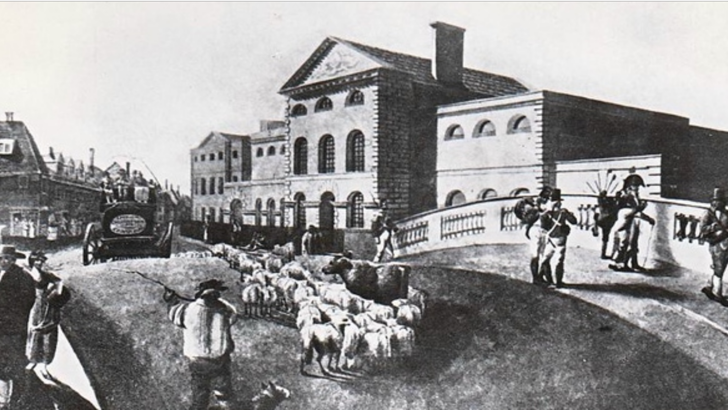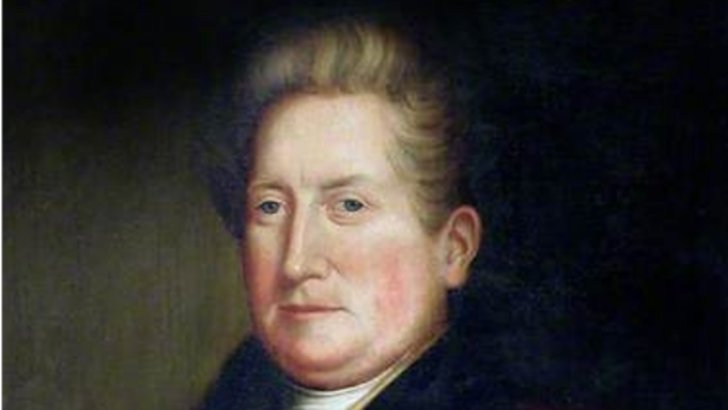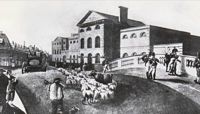The Old County Gaol in Moulsham
Location of board
Barrack Square, near junction with Moulsham Street, by Stone Bridge
About
The first gaol, or jail, in Chelmsford was built on the south bank of the River Can during the 17th century, probably in 1658. Known as the Moulsham Gaol, it was demolished and rebuilt in 1777.
The original 'house of correction' alongside the Gaol had a large workroom and a kitchen, with a lodging room for men on the ground floor and rooms for women on the first floor. A new house of correction was added in 1806 at a cost of £7,390.15s.11½d.
The buildings had a striking design, but provided cramped and insanitary conditions. Prisoners were frequently ill, suffering from 'gaol fever' as a result of being constantly locked in their rooms due to poor security. The sewers were also in a very bad state.
On 8 April 1817, eleven prisoners managed to escape through the sewers, but were soon recaptured. Some were found as far afield as Stock, Good Easter and Chadwell Heath.
Alterations were made to the Moulsham Gaol to improve prisoner segregation and conditions, but a new prison was eventually built at the top of Springfield Hill between 1822 and 1828. The total cost escalated to £57,289.17s.9¾d.
The new premises were planned to maximise the useful employment of the prisoners; previously the only tasks in the Moulsham Gaol were picking oakum (fibre obtained by unravelling old tarry rope), white-washing buildings and exercising on the tread wheel. Some of the building work for the new prison was carried out by inmates.
For a while, both prisons were in use simultaneously with female prisoners held in custody in the Moulsham Gaol after 1846. The new prison remains in use today.
The first Governor of the new Springfield Gaol was Mr Thomas Neale, a geologist and antiquarian, who founded the Chelmsford Philosophical Society in 1828. The Society's acquisitions formed the basis of the first Chelmsford Museum, and were initially housed in the Moulsham Gaol. The Museum later moved to premises in New London Road and is now in Oaklands Park, Moulsham Street.
In 1859, the Old County Gaol was demolished and the Armoury and Depot of the West Essex Militia Regiment built on the site. Much of the masonry from the Gaol was carted away to High Beech in Epping Forest to form a 'folly', an imitation catacomb with a confused jumble of stonework, lintels and pillars.




